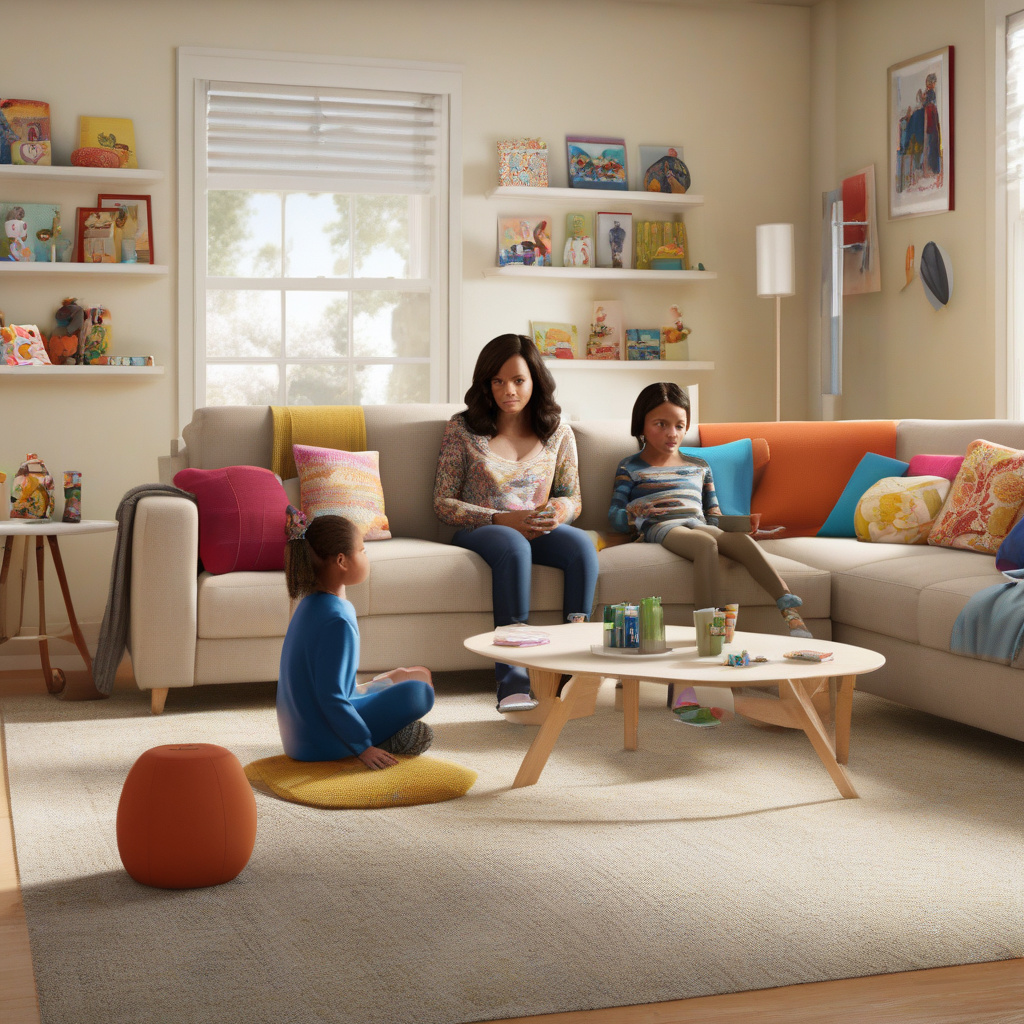Title: Navigating Parenting in the Digital Era: Balancing Discipline and Technology
In a world where technology has become intertwined with every aspect of our lives, parenting has also evolved to adapt to the digital age. Recent research conducted this summer sheds light on how parents are increasingly resorting to technology restrictions as a primary method of disciplining their children. This shift signifies a significant departure from more traditional forms of discipline, such as the infamous “naughty step,” highlighting the challenges parents face in raising children in an era dominated by screens and connectivity.
The reliance on technology as a disciplinary tool can be both a blessing and a curse. On one hand, it offers parents a convenient way to enforce rules and boundaries in a tech-savvy environment. For instance, parents can easily limit screen time, block access to certain websites, or even impose a WiFi blackout as a consequence for misbehavior. These measures can be effective in teaching children about responsibility and accountability in a digital context.
However, the overreliance on technology for discipline raises concerns about the potential consequences it may have on children’s overall development. Excessive use of technology as a punitive measure could inadvertently lead to a strained parent-child relationship, hinder effective communication, and impede the development of essential social and emotional skills in children. Moreover, it may fail to address the root causes of misbehavior, merely serving as a temporary solution without fostering long-term behavioral change.
As parents navigate the complexities of disciplining their children in the digital age, it is crucial to strike a balance between leveraging technology as a tool and embracing more holistic approaches to discipline. While setting digital boundaries is essential, it is equally important for parents to engage in open dialogues with their children, cultivate trust, and provide guidance on responsible technology use. By combining technology restrictions with positive reinforcement, constructive conversations, and setting a good example, parents can create a healthy digital environment that promotes both discipline and learning.
Ultimately, parenting in the digital era requires a multifaceted approach that acknowledges the benefits and challenges of technology in shaping children’s behavior and attitudes. By staying informed, adapting strategies to suit individual family dynamics, and prioritizing open communication, parents can navigate the complexities of disciplining their children in a tech-driven world successfully. As we continue to witness the rapid evolution of technology, it is essential for parents to remain vigilant, proactive, and empathetic in their parenting journey.
In conclusion, the shift from traditional forms of discipline to technology-based methods reflects the changing landscape of parenting in the digital age. While technology can be a valuable ally in enforcing rules and boundaries, it is essential for parents to complement these measures with effective communication, trust-building, and positive reinforcement. By striking a balance between technology and traditional parenting approaches, parents can foster a supportive environment that nurtures their children’s growth and development in an increasingly digital world.

